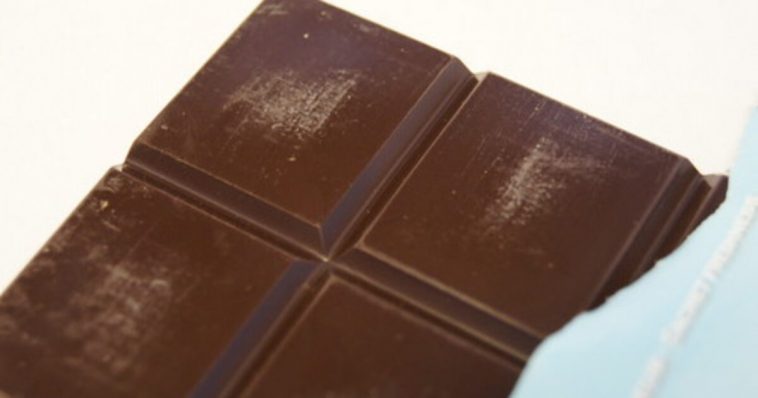From 100PercentFedUp - READ ORIGINAL
Some media, including videos, may only be available to view at the original.
In a new study published in Science Daily, researchers have advocated vaccinating cacao trees to prevent the spread of a “damaging virus” from devastating the world’s chocolate supply.
“A rapidly spreading virus threatens the health of the cacao tree and the dried seeds from which chocolate is made, jeopardizing the global supply of the world’s most popular treat,” the researchers wrote.
“About 50% of the world’s chocolate originates from cacao trees in the West Africa countries of Ivory Coast and Ghana. The damaging virus is attacking cacao trees in Ghana, resulting in harvest losses of between 15 and 50%. Spread by small insects called mealybugs that eat the leaves, buds and flowers of trees, the cacao swollen shoot virus disease (CSSVD) is among the most damaging threats to the root ingredient of chocolate,” the researchers continued.
Benito Chen-Charpentier, professor of mathematics at The University of Texas at Arlington, and his colleagues from the University of Kansas, Prairie View A&M, the University of South Florida and the Cocoa Research Institute of Ghana proposed a strategy that includes vaccinating the cacao trees.
Vaccinated the cocoa from mealy bugs?
“Farmers can combat the mealybugs by giving vaccines to the trees to inoculate them from the virus. But the vaccines are expensive….. and vaccinated trees produce a smaller harvest of cacao…devastation of the virus”https://t.co/JMd6Wwcmcf— Alita Gail (@RealAlitaGail) April 23, 2024
“This virus is a real threat to the global supply of chocolate,” Chen-Charpentier said.
“Pesticides don’t work well against mealybugs, leaving farmers to try to prevent the spread of the disease by cutting out infected trees and breeding resistant trees. But despite these efforts, Ghana has lost more than 254 million cacao trees in recent years,” Chen-Charpentier continued.
World’s chocolate supply under ‘devastating threat’ from cacao tree virus https://t.co/6ISArlelFn
— The Sun Tech (@TheSunTech) April 24, 2024
From Science Daily:
Farmers can combat the mealybugs by giving vaccines to the trees to inoculate them from the virus. But the vaccines are expensive, especially for low-wage farmers, and vaccinated trees produce a smaller harvest of cacao, compounding the devastation of the virus.
Chen-Charpentier and colleagues from the University of Kansas, Prairie View A&M, the University of South Florida and the Cocoa Research Institute of Ghana have developed a new strategy: using mathematical data to determine how far apart farmers can plant vaccinated trees to prevent mealybugs from jumping from one tree to another and spreading the virus.
“Mealybugs have several ways of movement, including moving from canopy to canopy, being carried by ants or blown by the wind,” Chen-Charpentier said. “What we needed to do was create a model for cacao growers so they could know how far away they could safely plant vaccinated trees from unvaccinated trees in order to prevent the spread of the virus while keeping costs manageable for these small farmers.”
By experimenting with mathematical patterning techniques, the team created two different types of models that allow farmers to create a protective layer of vaccinated cacao trees around unvaccinated trees.
“While still experimental, these models are exciting because they would help farmers protect their crops while helping them achieve a better harvest,” Chen-Charpentier said. “This is good for the farmers’ bottom line, as well as our global addiction to chocolate.”


